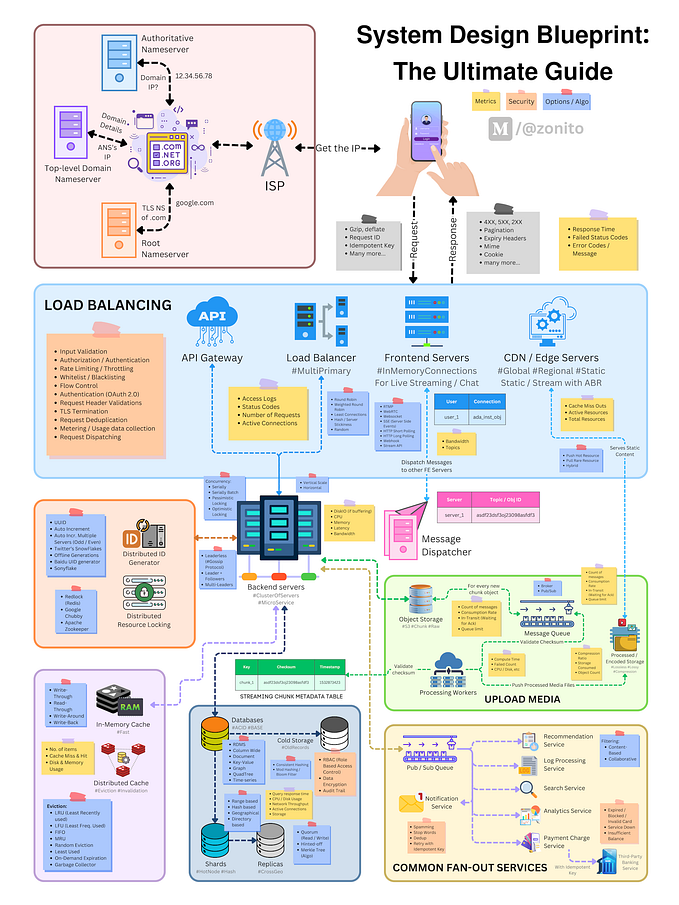Why your product roadmaps aren’t working, and how to fix them
Roadmaps are an essential part of digital product companies. A regular conversation that focuses on the now, next and later of product strategy. Fundamentally, a roadmap should never be defined as a series of projects that drive revenue. Instead, a product roadmap should be a series of desired outcomes that drive a company vision.

Ahhh the roadmap. That wonderful series of events meticulously planned and carefully placed in strategic series amounting to a digital product that’s lean, mean and a revenue machine. We spend months on roadmaps, working together to create an orchestrated, but organic project list that shows the company our “big vision” and a “glimpse of the future”.
However if there’s one thing I’ve learned working in digital product, it’s that things don’t go according to plan as consistently as we’d like. This happens to me as a designer — when my design doesn’t deliver the metrics I hoped, or delivers more than I could have dreamed of. It also happens to me as a professional— when I don’t get the bonus I hoped for, or I get an unexpected promotion. As a member of the product team, I think I speak for us all when I say we’ve all learned to expect the unexpected. Why then, do we insist on predicting the unpredictable? Why do we insist on project roadmaps?
The good:
Roadmaps do some awesome things. They show big thinking strategy to the company as a whole. Mainly though, they answer the curiosity of the company. Where are we going? How are we getting there? What can we expect and what will the impact be? This causes rustling conversation and excitement around what’s coming next in the company. It’s great for atmosphere, and shows leadership there are exciting things on the horizon. This is powerful, and it’s value should not be under estimated or unappreciated.
The bad:
By their nature, roadmaps are a big bet. It’s fair to say that every plan hinges on its execution, and execution can be dependent on predictability or best guesses. Roadmaps have a lot of variables that create an unpredictable landscape.
Music for example: a band plans to play a song at a concert they’ve written over many months of strategic execution, and predict that because of careful planning the performance will go off without a hitch. The roadmap of that song is the guitar solo, the drum arrangement, the lyrics, the bass piece and the live audio equipment that have been put in place and planned over time. The successful execution is dependent on the band predictably not making any (noticeable) mistakes. This by nature has risk, but its success is entirely probable. What makes things interesting though is that a band is focused on their song’s roadmap, which is the music they’ve written, and not on wether or not the listener will attend, or even enjoy the piece. It also rely’s heavily on predictability — there will be no mistakes, the concert will have no delays, people will arrive in predicted numbers at predicted times etc.
In a company or business, this style of roadmap can have a fundamental misplacement of focus for that companies gage of successful execution. This style of roadmap is all too common, geared towards the projects themselves. This leaves a lot of dark corners, stones unturned etc, and leaves us vulnerable to compromising variables and unpredictability. Again, by their nature, roadmaps are a big bet.
So, how do we fix this style of a product roadmap?
Roadmaps can have hiccups in their execution because they are built on unpredictable landscapes. This comes from a foundational philosophy that sets them up for failure, where a roadmap is defined as a series of projects that drive revenue. Instead, a company roadmap should be a series of desired outcomes that drive a vision.
Whats the difference? Well… Let’s say your company makes snow tires.
Your roadmap focuses on creating higher quality product that has more longevity, and can increase fuel efficiency at a reduced price compared to what you’re creating now. To do this, you’ll be switching to a higher quality rubber material in Q2 that you’ve extensively researched and proven to be better.
The problem with this is that the company has replaced a vision with a project, and an outcome with a checklist.
The project is replacing the rubber material with higher quality comparable, but this does not necessarily result in a higher quality product. Why? A project is dependent on execution, and its execution is dependent on predictability. The material may be higher quality, but if the staff assembling the product is not trained to do it properly, the tire itself is not higher quality — only the material is. In short, there’s a learning curve — an unaccounted for variable. The execution depends on predicting that the new material has no other variables that will impact the companies ability to assemble it.
This is one of the biggest problems with a project based roadmap— a variable can present itself that is unpredictable, which delays or influences the timeline, quality and execution of not only that project, but for the following projects as well.
Impact on timelines
Timelines are influenced by a roadmap focused on individual projects. New and unpredictable variables can drastically influence the timeline of a project that was defined too far in advance.
Project predictability

Project execution

Project influence on roadmap
The effect the project has ultimately is mirrored in the roadmap itself, just on a larger scale.
Roadmap predictability

Roadmap execution

So, how do we fix this in digital product?
1. Outcomes > Projects
Instead of focusing on specific projects — “in Q2 we’re going to tackle the checkout experience, because we have a 15% drop off at the credit card page”, roadmaps should have themes for each quarter, and a handful of options to address at that time based on technical abilities, variables and unpredictabilities. A theme of “provide a better shopping experience” for Q2, with possible projects being checkout, responsive optimization, emailing strategies and cart design has a lot more flexibility, but still a focus. It drives an outcome that propels the vision, and fosters an environment of faster, more opportunistic projects with higher ROI, because they are chosen closer to the time they need to be built, and based on the abilities and predicables available at that time making them more accurate.
2. Work with engineering to define ROI
Early and often communication with engineering will simplify roadmap execution. Instead of defining in January that Q3 will focus on project A, go to engineering at the end of Q2 and ask for estimates on project A, B or C for the beginning of Q3. Also include them in defining themes at the start of the year, as there may be some technical dept to address sooner rather than later to set up for the big picture, or some low hanging fruit they’ve been waiting to pounce on. This will result in everyone moving the same direction, and deliver faster execution, with more predictability.
3. A single company purpose
At the end of the day, leadership should have a single line elevator pitch of what the company strategy is. For a band it could be “writing music for Jazz fans”. For a tire company it could be “getting the most out of your drive”. As long as there is an underlying, unified purpose to what the company is trying to accomplish, a roadmap consisting of themes can flourish, as there is a set vision propelled forward by a product team focused on executing predictable deliveries that have the highest ROI, and on timelines that allow for outside variables. This will streamlines the outcome and vision the company is collectively working towards.
Outcome
By creating themes to desired product outcomes, project priority becomes a choice, resulting in streamlined execution based on the highest ROI project available at the start of the quarter. It’s a fallback approach that requires a small amount of additional work in the planning cycle, but pays off by delivering more releases and an overall better product.
Roadmap predictability

Roadmap execution

In short:
In digital product, we all can have a hard time predicting next week, let alone next quarter. Being strategic with roadmaps can create all the wonderful things we want them to, and reduce the chance of the unpredictability resulting in poor execution. By setting themes, and having a variety of projects to pull from to execute their outcome, we can stick to quarter by quarter focus, yearly visions and streamline our way towards the companies bigger target.
Let’s all be more strategic about our roadmaps.








